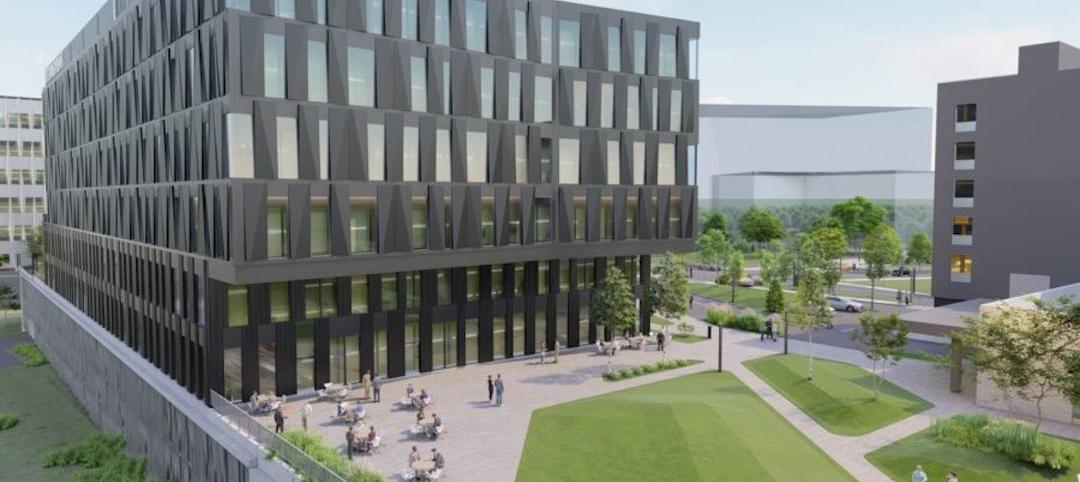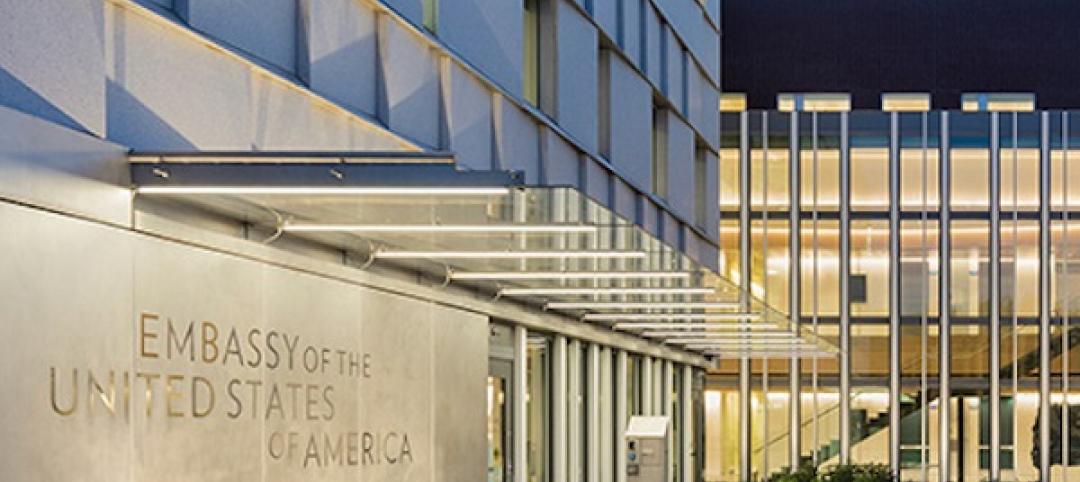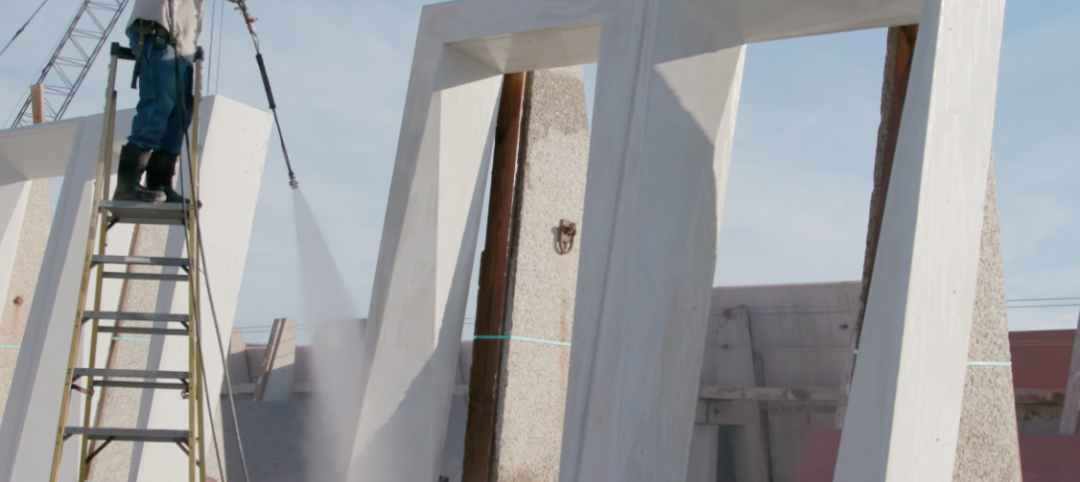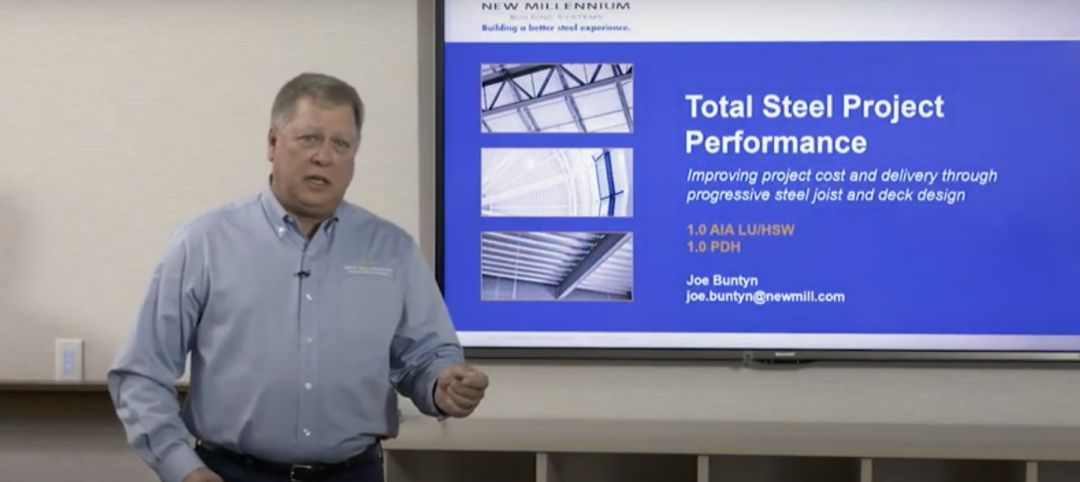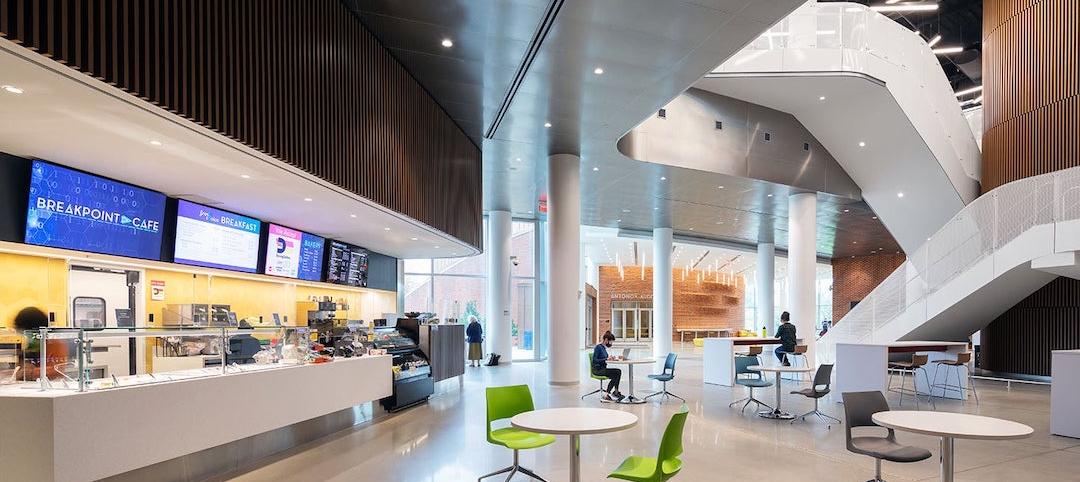U.S. engineering firm CEOs remain encouraged about overall company performance and market trends. They also see strong signs of recovery in industry employment, this according to the latest ACEC Engineering Business Index (EBI), which charts the health of the engineering industry.
EBI is a diffusion index, consolidating hundreds of engineering leader responses nationwide on market and firm performance into a single “confidence” number. Any score over 50 indicates expansion.
The third quarter EBI (Q3), conducted Sept. 17 to Oct. 3 of 275 engineering CEOs, presidents and chairmen, produced a positive composite score of 68.8, virtually unchanged from 68.9 in the second quarter.
Survey respondents reported a strong rebound in hiring: 67.4% said employment at their firm was equal to or higher now than pre-recession (2008) levels; 25% said employment was “at least 10%” higher. Only 32.7% said employment was lower.
Engineering leaders remained encouraged by company performance: 65% reported higher backlogs compared to this time last year—significantly more than the 51% in the second quarter. Almost half of Q3 respondents (49.3%) expect backlogs to increase further over the next 12 months.
Respondents also believe most private markets will continue to thrive: 61.7% expect improvement over the coming year in Land Development, 56.1% in Energy and Power, and 53.1% in Buildings and Commercial.
Public market expectations, however, continue to lag: only 43.8% of respondents believe the Water and Wastewater segment will improve by next year; only 39.7% said Transportation will improve.
For the complete Q3 summary of ACEC’s Engineering Business Index (EBI) go to www.acec.org.
Related Stories
Sponsored | Reconstruction & Renovation | Jan 25, 2022
Concrete buildings: Effective solutions for restorations and major repairs
Architectural concrete as we know it today was invented in the 19th century. It reached new heights in the U.S. after World War II when mid-century modernism was in vogue, following in the footsteps of a European aesthetic that expressed structure and permanent surfaces through this exposed material. Concrete was treated as a monolithic miracle, waterproof and structurally and visually versatile.
Urban Planning | Jan 25, 2022
Retooling innovation districts for medium-sized cities
This type of development isn’t just about innovation or lab space; and it’s not just universities or research institutions that are driving this change.
Sponsored | Resiliency | Jan 24, 2022
Norshield Products Fortify Critical NYC Infrastructure
New York City has two very large buildings dedicated to answering the 911 calls of its five boroughs. With more than 11 million emergency calls annually, it makes perfect sense. The second of these buildings, the Public Safety Answering Center II (PSAC II) is located on a nine-acre parcel of land in the Bronx. It’s an imposing 450,000 square-foot structure—a 240-foot-wide by 240-foot-tall cube. The gleaming aluminum cube risesthe equivalent of 24 stories from behind a grassy berm, projecting the unlikely impression that it might actually be floating. Like most visually striking structures, the building has drawn as much scorn as it has admiration.
Sponsored | Resiliency | Jan 24, 2022
Blast Hazard Mitigation: Building Openings for Greater Safety and Security
Coronavirus | Jan 20, 2022
Advances and challenges in improving indoor air quality in commercial buildings
Michael Dreidger, CEO of IAQ tech startup Airsset speaks with BD+C's John Caulfield about how building owners and property managers can improve their buildings' air quality.
3D Printing | Jan 12, 2022
Using 3D-printed molds to create unitized window forms
COOKFOX designer Pam Campbell and Gate Precast's Mo Wright discuss the use of 3D-printed molds from Oak Ridge National Lab to create unitized window panels for One South First, a residential-commercial high-rise in Brooklyn, N.Y.
Engineers | Jan 12, 2022
Private equity: An increasingly attractive alternative for AEC firm sellers
Private equity firms active in the AEC sector work quietly in the background to partner with management, hold for longer periods, and build a win-win for investors and the firm. At a minimum, AEC firms contemplating ownership transition should consider private equity as a viable option. Here is why.
Sponsored | BD+C University Course | Jan 12, 2022
Total steel project performance
This instructor-led video course discusses actual project scenarios where collaborative steel joist and deck design have reduced total-project costs. In an era when incomplete structural drawings are a growing concern for our industry, the course reveals hidden costs and risks that can be avoided.
University Buildings | Jan 11, 2022
Designing for health sciences education: supporting student well-being
While student and faculty health and well-being should be a top priority in all spaces within educational facilities, this article will highlight some key considerations.
Green | Jan 10, 2022
The future of regenerative building is performance-based
Why measuring performance results is so critical, but also easier said than done.



